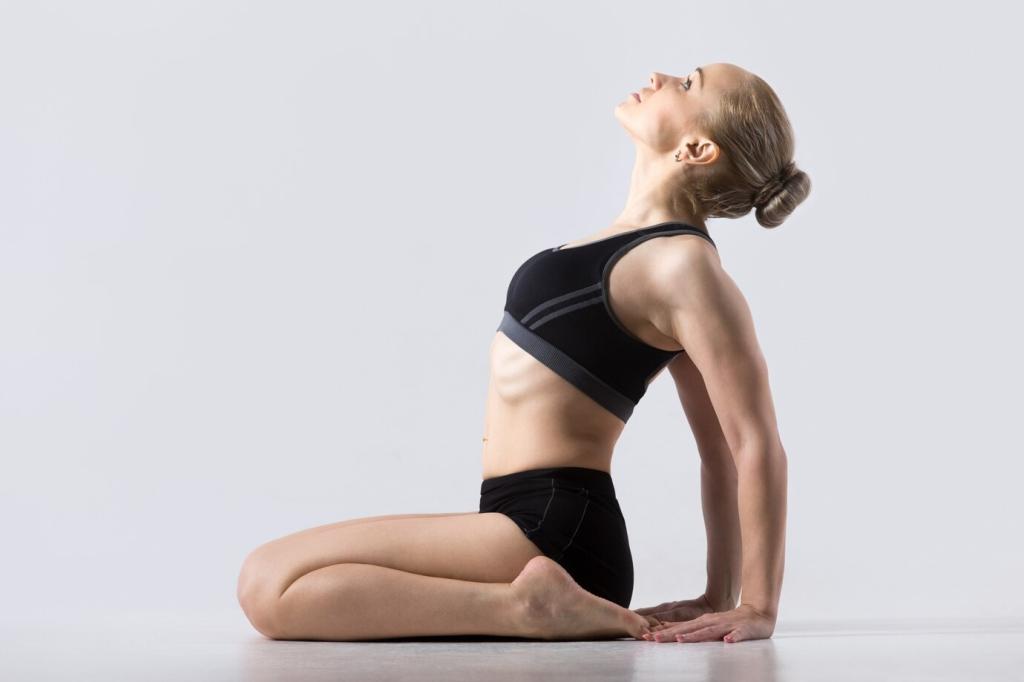Why Posture Matters: The Science Behind Alignment
Your spine’s gentle curves—cervical, thoracic, and lumbar—act like springs, absorbing force while guiding movement. When these curves are balanced, your diaphragm can descend more freely, improving breath. Notice how a tall, soft chest invites fuller inhalations and steadier exhalations throughout your practice.
Why Posture Matters: The Science Behind Alignment
Hours at a desk often shorten hip flexors, round shoulders, and weaken glutes. The best posture-focused yoga sequences counter this with hip openers, thoracic extensions, and posterior chain activation. Commit to brief, consistent flows to retrain patterns instead of chasing quick, unsustainable fixes.




